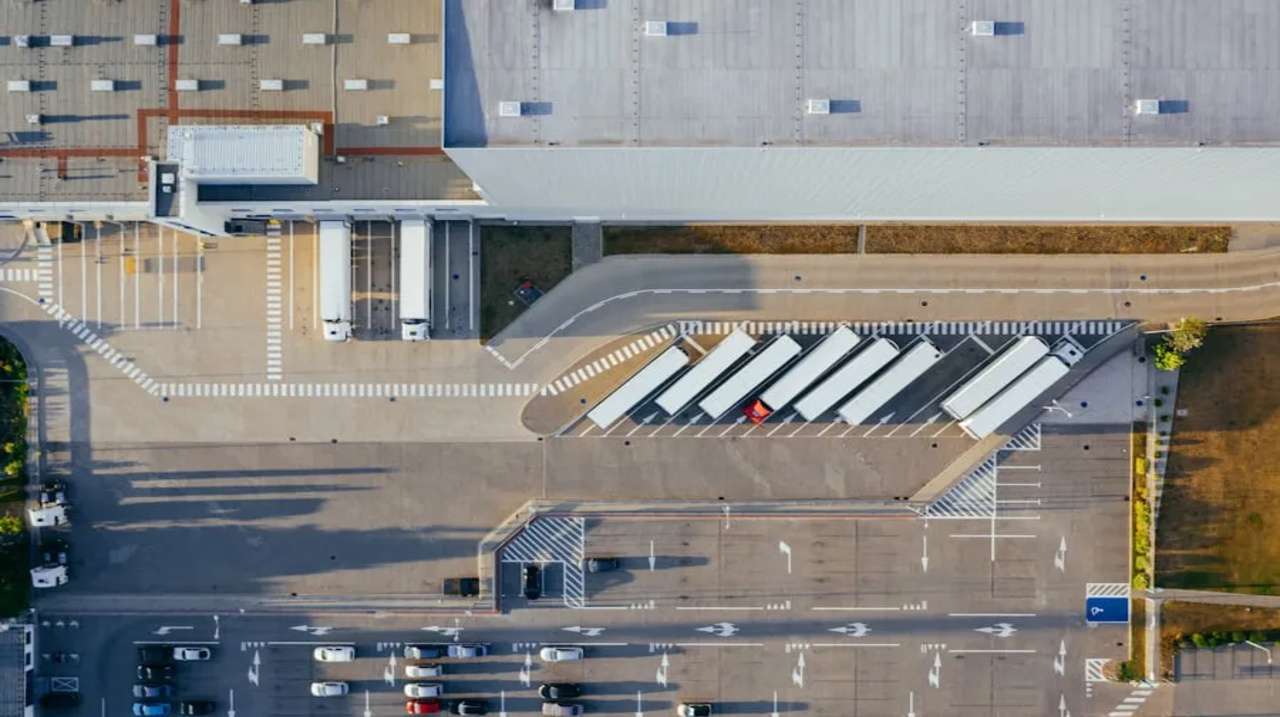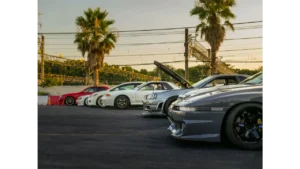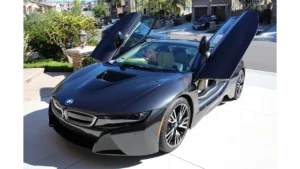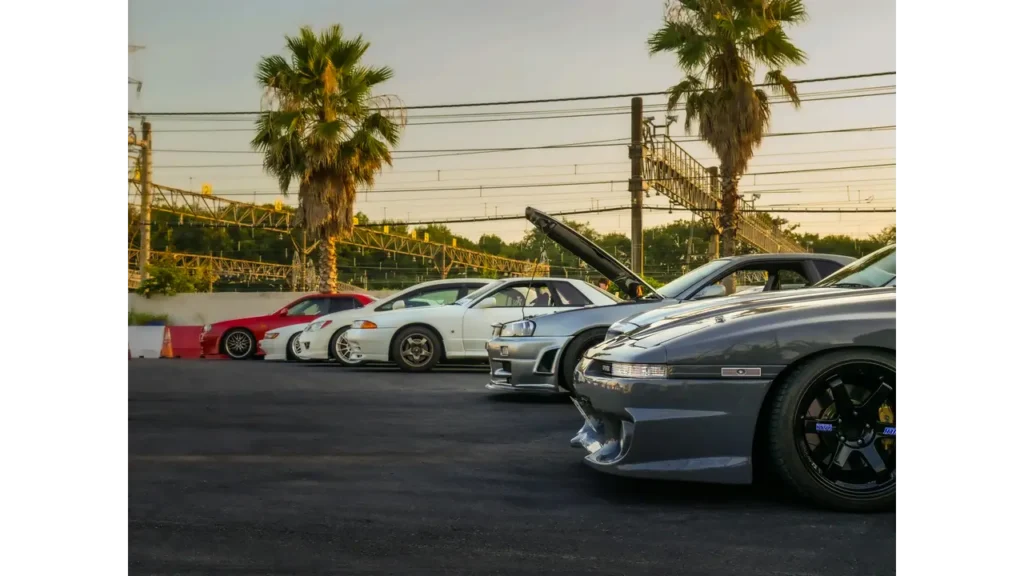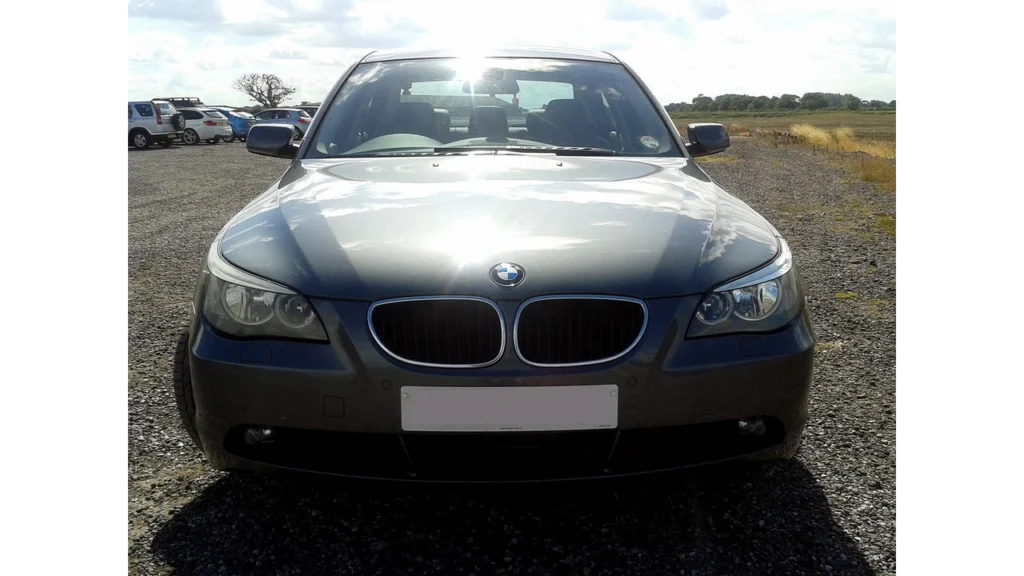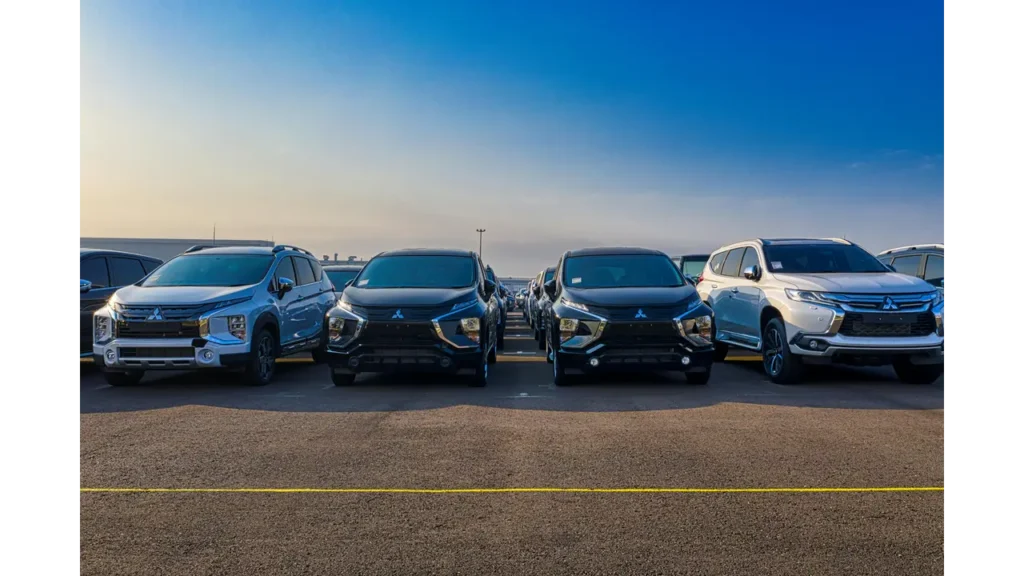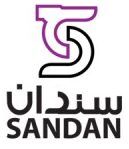Introduction
Trying to decide where to base your next Gulf venture up near the Strait of Hormuz in Sohar or 450 km south on Duqm’s Indian-Ocean coastline can feel like comparing apples to mangoes. Sohar Freezone leans on a container port that lifted 943 000 TEU in 2024, a 15 percent jump year-on-year, and is days away from plugging into the 303-kilometre Hafeet Rail that will zip freight to the UAE border in under two hours.
Duqm, meanwhile, sits well outside Hormuz choke-points, boasts an 18-metre deep-sea draft built for VLCCs, and has attracted about OMR 6.3 billion in committed capital as of December 2024 much of it tied to a brand-new refinery and green-hydrogen deals. Both zones dangle 15-year tax holidays, 100 percent foreign ownership and land-rent deals that start at just 250 baisa per m² per year under OPAZ’s April 2025 incentive cut. So which address actually moves the needle for your balance sheet Sohar’s rail-and-road immediacy or Duqm’s deepwater discounts? The next few minutes will lay out the numbers in plain English so you can answer that question with confidence.
TL;DR – quick facts you can act on
- Sohar handled 943 000 TEU in 2024 and is the only Omani zone getting a direct UAE rail spur by 2027.
- Duqm logged OMR 6.3 bn in committed investment, led by energy and heavy-industry megaprojects outside the Strait of Hormuz.
- Both zones grant a 15-year corporate-tax holiday, extendable another five, and land rents now start at 250–300 baisa /m² /yr.
- Average 1 000 m² warehouse lease: about US $2,600 in Sohar versus US $2 200 in Duqm.
- Fast-moving consumer or e-commerce brands tend to pick Sohar for next-day GCC reach; capital-heavy petrochem and bulk exporters lean toward Duqm’s deep draft and cheaper plots.
Table of Contents
Location and access: Strait of Hormuz speed or Indian-Ocean depth?
Sohar Freezone hugs Oman’s northern coast, a one-hour truck run from Muscat and once the 303-kilometre Hafeet Rail goes live just 100 minutes by train to Abu Dhabi. The container port next door already lifted 943,000 TEU in 2024, up 15 percent year-on-year, and ro-ro volumes broke 87 000 units.
Duqm sits 450 kilometres south on a stretch of Indian-Ocean shoreline that completely bypasses the Strait of Hormuz. Its 18-metre draft can berth VLCCs and Capesize bulkers that would never squeeze into Sohar. The trade-off? A road haul of roughly five hours to Muscat and no rail spur—yet. For energy majors and mega-modules, the “no choke-point” argument still wins, but e-commerce brands chasing next-day GCC delivery usually opt for Sohar’s speed.
Incentives and real-estate costs—side-by-side
| Perk or cost line | Sohar Freezone | Duqm SEZ | Quick takeaway |
| Corporate-tax holiday | 15 years (renewable 5) | 15 years (renewable 5) | Tie game |
| Customs duty on imports/exports | 0 percent | 0 percent | Both waive duty; mainland sales pay 5 percent |
| Land-rent band 2025 | 250–500 baisa / m² / yr | 250–300 baisa / m² / yr | Duqm edges cheaper on the low end |
| Average 1 000 m² warehouse lease | ≈ US $2 600 / yr | ≈ US $2 200 / yr | Sohar costs about 18 percent more |
| Rail connectivity | 303 km Hafeet line to UAE by 2027 | None announced | Sohar wins for GCC speed |
| Deep-sea draft | 16 m (container); 18 m (bulk) | 18 m+ | Duqm suits super-tankers |
What the table says in plain English: if you’re bulk-shipping raw materials or building a refinery, Duqm’s cheaper plots and deepwater quays probably cover the longer inland haul. If you need rapid GCC distribution, Sohar’s rail-ready hub justifies the slightly higher rent.
Got a project in mind? We can help →
Sector fit – who really wins where?
Sohar pitches itself as the quick-turn hub: metals, auto parts, and consumer brands that live or die on next-day delivery into the UAE and Saudi short-haul lanes. Nine new land deals worth about US $1.8 billion were inked in 2024 alone one of them a low-carbon ferro-chrome plant that will feed the region’s booming EV supply chain. Cold-chain players like JSL Global have already set up chilled cross-docks here because Muscat stores are an hour away and Dubai is a four-hour truck hop.
Duqm plays a very different game. Think mega-projects: a refinery now running at 255 000 bpd, green-hydrogen MoUs tied to a 320 MW electrolyser build, and Capesize bulk carriers that can berth without tide worries. Energy majors, steel billets, and heavy modules love the 18-metre draft and cheaper land even if the nearest big consumer market sits five hours up the highway in Muscat.
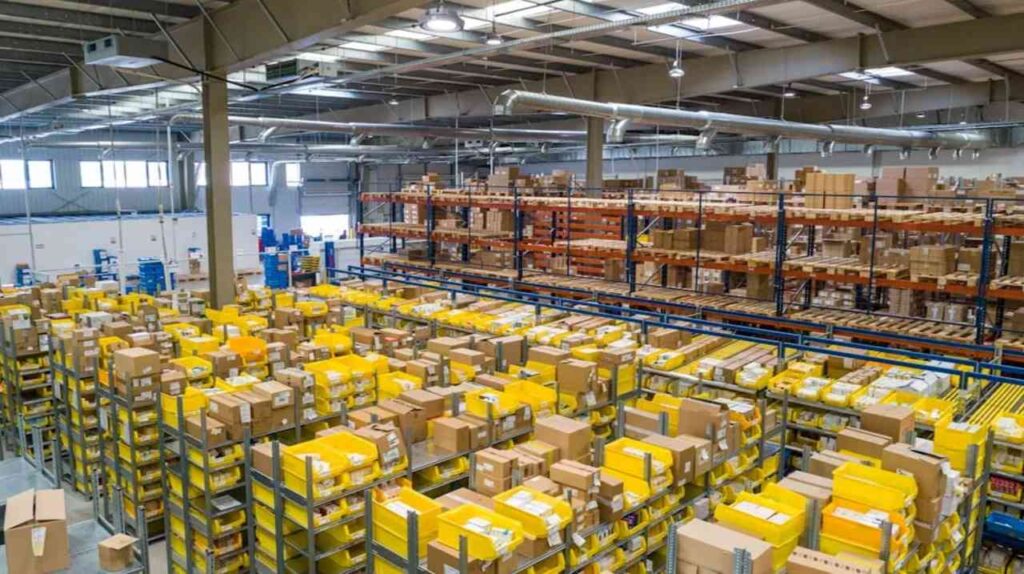
Logistics connectivity – speed versus sea room
Road & rail
Sohar sits on the Muscat Expressway and will plug into the 303-kilometre Hafeet Rail, cutting the trip to Abu Dhabi to just 100 minutes for freight and 47 minutes for Al Ain once the line opens (target 2027). Duqm still relies on road convoys; a Muscat connector rail is only at concept stage.
Sea access
Sohar’s container berths handle up to 16 m draft and lifted 943 000 TEU last year. Duqm’s 18 m deep-sea quay welcomes VLCCs and heavy-lift ships that simply can’t squeeze through the Strait of Hormuz, giving it the upper hand for bulk liquids and outsized cargo.
Air feeders
Both zones lean on Muscat International for belly-cargo, but Duqm does have a growing narrow-body freighter service handy for samples and urgent spares if speed really matters.
Bottom line: if you sell fast-moving goods into GCC cities, Sohar’s road-plus-rail combo likely trumps the extra rent. If you’re pumping fuel or exporting green hydrogen, Duqm’s deep water and bargain plots win the long game.
Sustainability and energy pricing – how green (and cheap) can you go?
Power tariffs for industrial users hover around 26 baisa per kWh across Oman, so shaving even a few megawatt-hours matters. Sohar pushes a “solar-ready plots” program its first on-site module plant opened in February 2025 to localise panel supply and slash lead-times for rooftop arrays. Container customers that installed PV last year trimmed grid draws by roughly 18 percent while locking in a five-year payback, thanks to 300+ sunny days and the zone’s flat roofs.
Duqm is playing the hydrogen card. In July 2025 the zone signed back-to-back MoUs for a 320 MW electrolyser line that will feed ACME’s green-ammonia complex, positioning the SEZ as a future exporter of low-carbon fuels. That matters if your board tracks Scope 3 emissions: siting a plant next door to a green-hydrogen valley could shave tons of CO₂ off every outbound shipment and unlock EU Carbon Border Adjustment relief down the line.
In short, Sohar offers immediate solar savings; Duqm offers a front-row seat to Oman’s hydrogen rollout. Pick the flavour that best matches your ESG roadmap and energy-intensity profile.
Let’s make it happen. Discover our services.
Why an EV-parts maker chose Sohar
A Chinese Tier-1 supplier pricing a 20 000 m² plant ran a simple model:
- Inbound cost: Sohar’s port-to-factory haul is 6 km; Duqm’s is 22 km plus a five-hour truck to Muscat for GCC redistribution.
- Duty cycle: next-day delivery to UAE dealers saves two inventory days worth about US $280 000 annually.
- Land rent: Duqm’s quote came in 20 percent cheaper, but rail savings at Sohar (once Hafeet opens) offset that gap within 14 months.
- ESG optics: rooftop PV in Sohar cut grid demand by 17 percent, matching the client’s Scope 2 target without waiting for a hydrogen feed-in.
Verdict? Sohar. The first brake-caliper cast rolled out nine months after plot reservation, and the plant hit 87 percent capacity by Q2 2025, shipping parts to Dubai and Riyadh within 24 hours of casting.
Decision matrix – a quick scoring tool you can copy into Excel
Here’s a simple weight-and-score model our clients like to run before they sign a lease. Assign each criterion a weight that matches your business priorities (must add up to 100), then multiply by the zone score. The higher total wins.
| Criterion | Weight (0-100) | Sohar score (1-10) | Duqm score (1-10) |
| Speed to GCC markets | 30 | 9 | 5 |
| Land and warehouse cost | 25 | 6 | 9 |
| Deep-sea vessel access | 15 | 6 | 10 |
| Rail connectivity | 10 | 9 | 2 |
| ESG potential (solar vs hydrogen) | 10 | 8 | 8 |
| Local supplier ecosystem | 10 | 8 | 6 |
| Weighted total | 100 | 7.6 / 10 | 6.9 / 10 |
Change the weights to suit your own needs. A bulk-minerals exporter might bump “Deep-sea vessel access” to 40 points and see Duqm leapfrog Sohar. A fast-moving consumer brand might put 40 points on “Speed to GCC markets,” tilting the win back to Sohar. The model forces a data-driven decision instead of gut feel.
How to set up in either zone – six steps and typical timing
- Reserve your plot online : Sohar One-Stop Shop or Duqm Investor Portal. Instant acknowledgement, binding for 30 days.
- Pick a legal wrapper : Free-Zone LLC (newco) or branch of a foreign company. Draft AoA & board resolution: 2-5 days.
- Apply for licences and tax holiday : Both zones bundle commercial, municipal, and environment permits. Approval targets: Sohar 10 working days, Duqm 12 days.
- Sign land lease and pay first-year rent : Rents start at 250–300 baisa per m² per year after the 2025 OPAZ incentive cut.
- Register on Bayan for customs and bonded moves : Online form plus e-Guarantee upload. Clearance account goes live in ±24 hours.
- Move into warehouse and go live : Sandan can prep an ambient or cold-chain bay in 48 hours. Sync Bayan release notes via API, and you’re shipping by the end of the week.
Need hand-holding on any step? Sandan’s free-zone concierge taps the same OSS dashboards daily and can chase approvals while your team focuses on product and sales.
Frequently asked questions
What is the official land-rent range for 2025?
OPAZ’s April 2025 circular set heavy- and medium-industry leases at 250 – 500 baisa per m² a year across all free zones, including Sohar and Duqm.
Can a foreign company own 100 percent of a Sohar or Duqm entity?
Yes. Royal Decree 38/2025 replaced the old Free-Zone Law and keeps the 100 percent foreign-ownership right for any firm licensed inside a special economic or free zone.
How long does an environmental permit take in Duqm?
Most low-impact projects clear Duqm’s one-stop portal in 7-10 working days; high-impact plants (chemicals, heavy steel) can stretch to 20 days while the zone’s environment unit reviews mitigation plans.
Will Hafeet Rail ever reach Duqm?
Phase 1—a 303 km link from Sohar Port to Abu Dhabi—is slated to open by 2027 and cut freight transit to 120 minutes. No construction timeline has been announced for a Duqm spur; current plans remain at feasibility stage.
Conclusion
Sohar and Duqm aren’t rivals so much as different tools for different jobs. If your business depends on quick GCC turn-rounds, a coming rail link to the UAE, and an existing container ecosystem, Sohar’s slightly higher rents buy you speed and scale. If you’re moving bulk liquids, giant modules, or eyeing Oman’s green-hydrogen build-out, Duqm’s deepwater quay and cheaper land can more than offset longer inland hauls. Either way, both zones now share the same 15-year tax holiday, 100 % foreign ownership and 250–500-baisa land-rent band, so the choice boils down to logistics maths, not legal red tape. Run the decision matrix, weigh your own cost drivers, then let Sandan line up the bonded warehouse space that plugs either zone straight into your supply chain.

